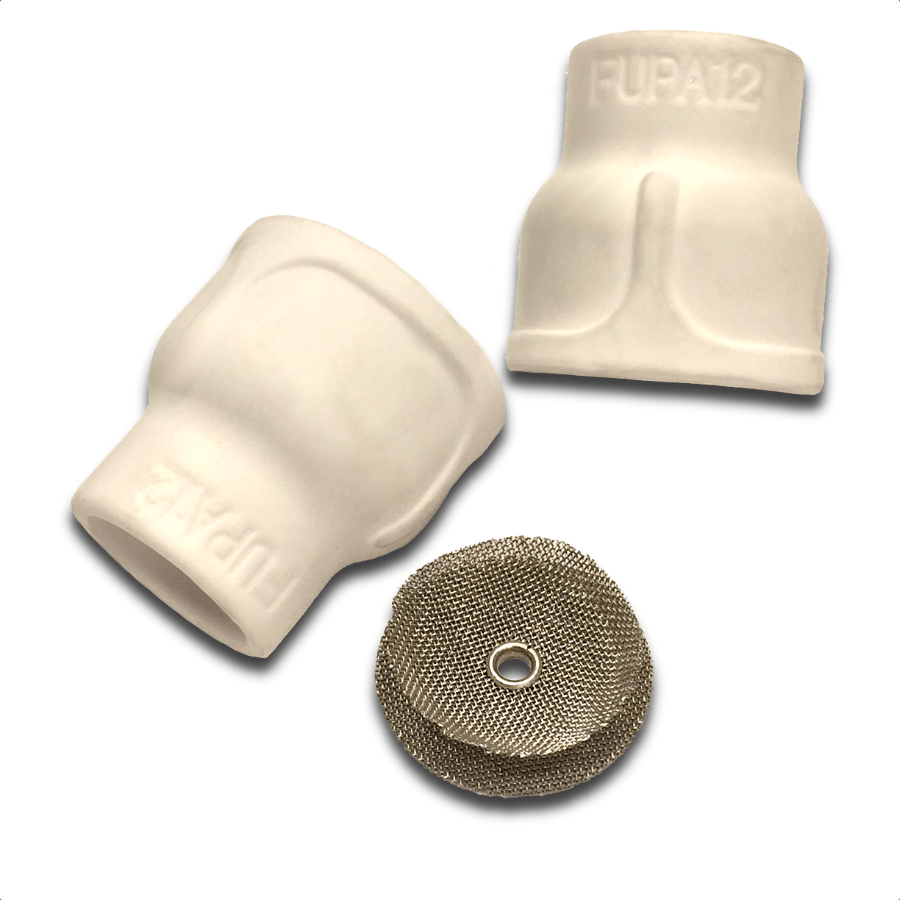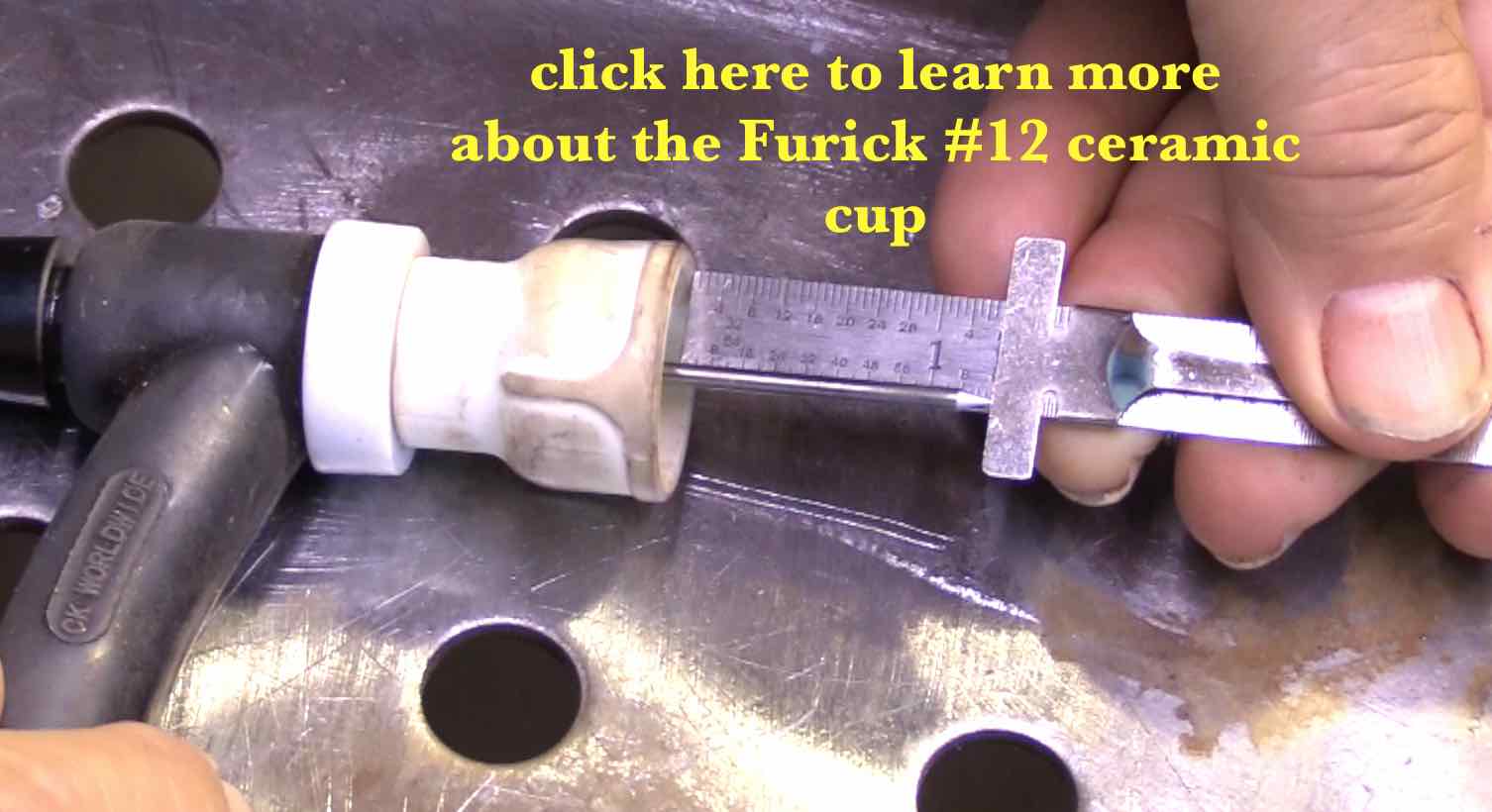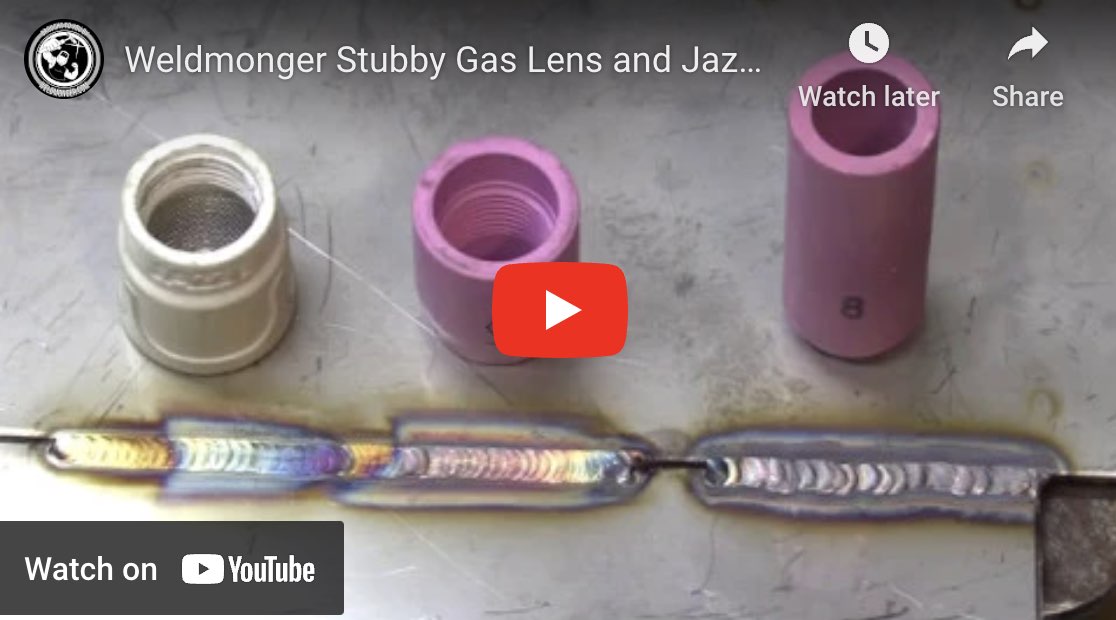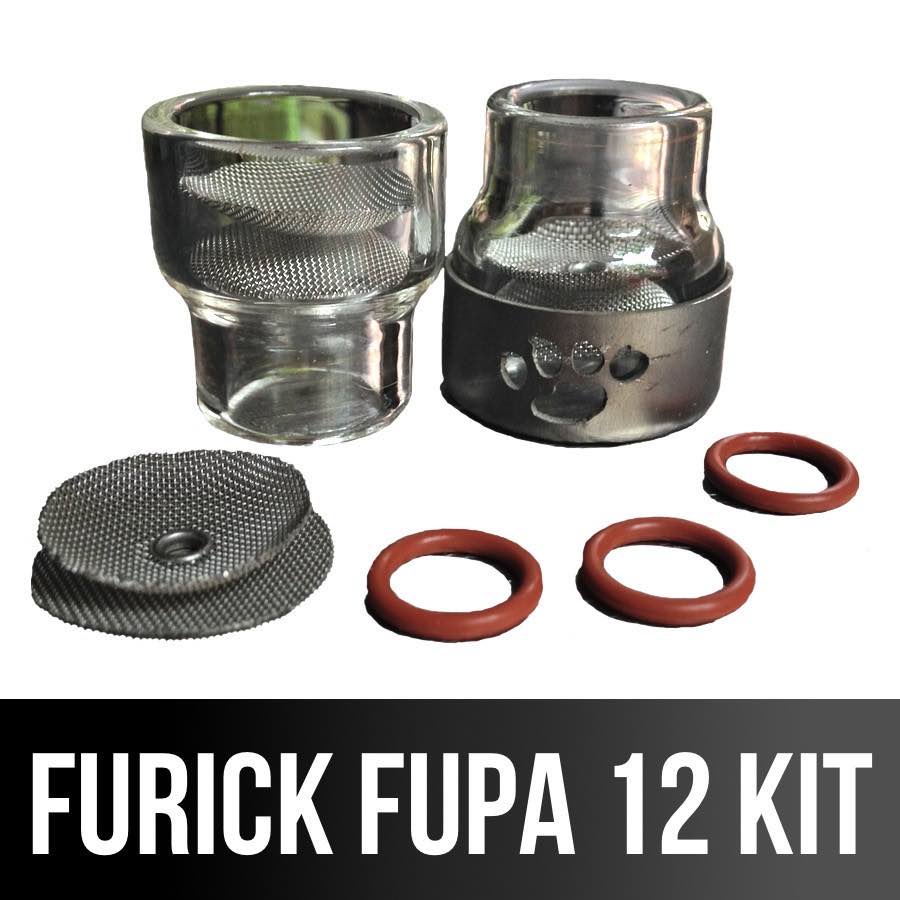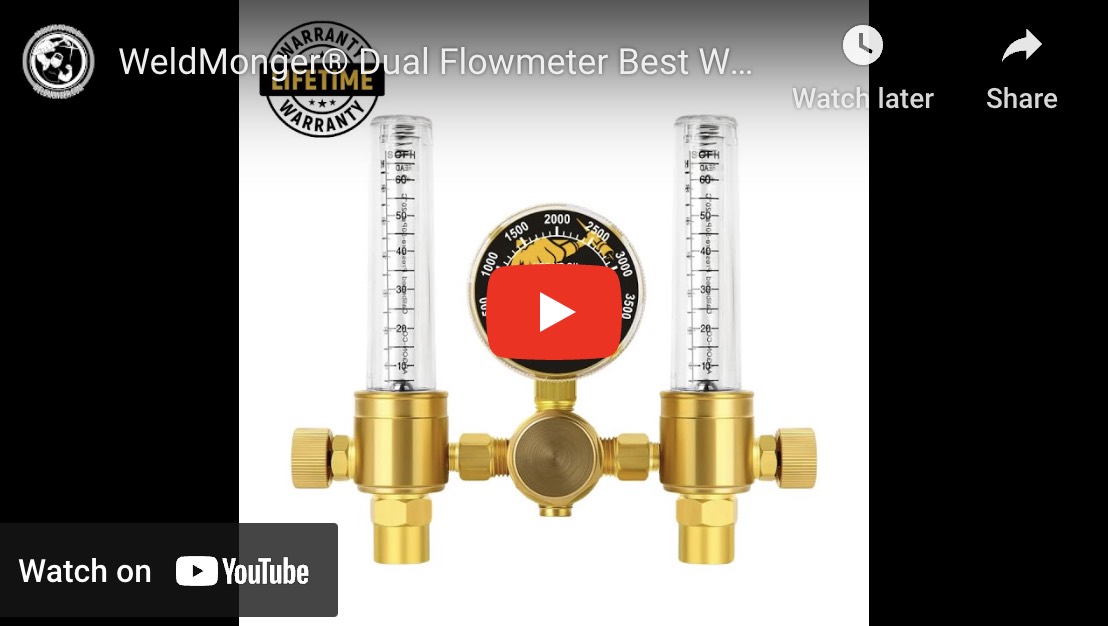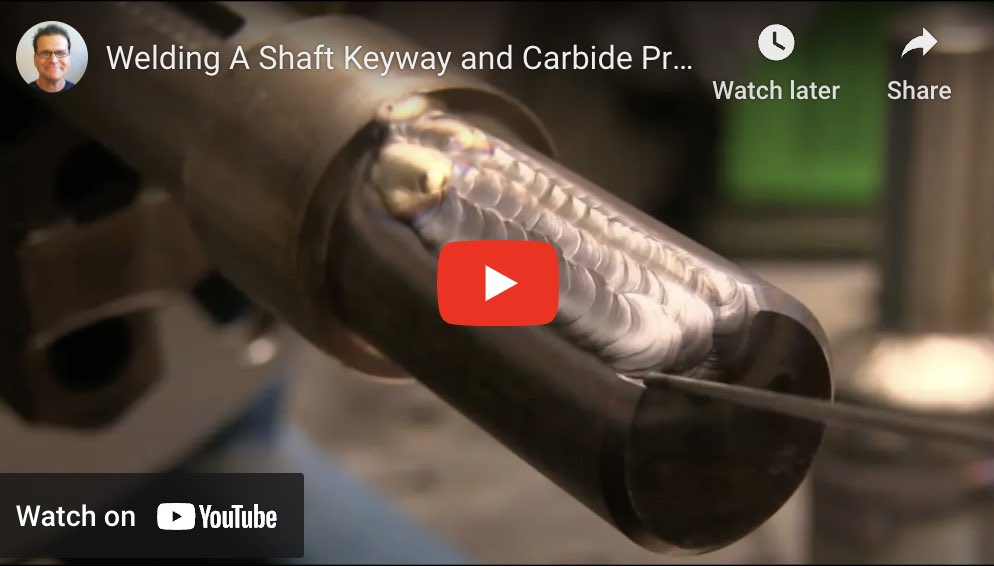How to TIG weld stainless steel
- HOME
- TIG WELDING
- How to Tig Weld Stainless Steel
scroll down for videos on how to tig weld stainless
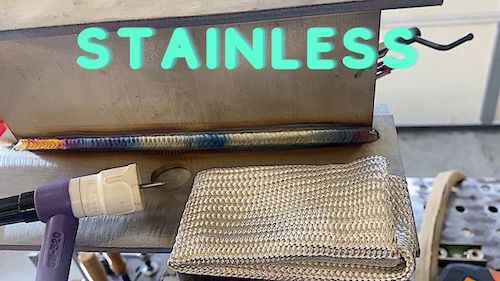
Stainless Steel TIG Welding Tips
If you just landed here after a search for How to TIG weld stainless steel, then hang around and check out all the many videos and articles here.
The video above outlines several of the main concerns help you in learning hot to tig weld stainless steel.
- Travel Speed and outrunning the heat
- gas shielding
- back purging
- chill bars to reduce heat
- cross contamination
- carbide precipitation
- HOME
- TIG WELDING
- How to Tig Weld Stainless Steel
click here to learn more about the Furick ceramic 12 cup
Travel Speed
Your travel speed is one of the biggest factors when it comes to heat input.
And since stainless is not as thermally conductive as carbon steel, heat builds up quickly.
That is why getting a puddle established quickly and getting the puddle moving quickly is key.
Get going in less than 3 seconds. 2 seconds is even better.
Once you get moving, try to maintain a fairly fast travel speed...one where you are not dwelling a long time in one area and overheating the stainless.
Gas Shielding
click here to learn more about the Furick ceramic 12 cup
Stainless steel needs more argon gas shielding than carbon steel in order to prevent excess oxidation that can reduce corrosion resistance.
Gas lens cups help. Of course there are exceptions where a standard collet body can work ok on stainless but by and large, a gas lens can really help a stainless steel tig weld.
Furick cups like the jazzy 10, the furick 12, and the furick mk14 not only shield the weld puddle but also help keep the hot tip of filler wire free from oxidation.
Special grades of stainless used for aerospace like 17-7ph greatly benefit from extra gas shielding.
Back Purging
When a full penetration stainless steel TIG weld is not back purged, several negative things can occur, compromising the weld quality and integrity. Here’s a simple explanation:
1. Oxidation and Contamination
- Oxidation: Without back purging, the back side of the weld is exposed to atmospheric oxygen. This exposure causes oxidation, which results in a discolored, rough, and granulated weld surface often referred to as "sugaring" or "granulation". It looks bad and worse than looking bad, it is a huge problem in some industries.
- Contamination: Oxygen, nitrogen, and other atmospheric gases can contaminate the weld metal. This contamination can lead to weakened welds and reduce corrosion resistance.
2. Reduced Corrosion Resistance
- Loss of Chromium Oxide Layer: Stainless steel’s corrosion resistance comes from a thin chromium oxide layer that forms on its surface. When a weld is not back purged, the oxidation can deplete chromium in the weld area, preventing this protective layer from forming, and leading to rust and corrosion over time.
3. Weakened Weld Strength
- Brittle Welds: The presence of oxides and other impurities in the weld metal can make the weld brittle and prone to cracking. This brittleness compromises the overall strength of the welded joint.
- Poor Mechanical Properties: Contamination and oxidation can adversely affect the mechanical properties of the weld, making it less ductile and more likely to fail under stress.
4. Appearance
- Discoloration: A weld that is not back purged will often have a tarnished, discolored appearance on the back side. This is not only an aesthetic issue but also an indication of compromised weld quality.
Practical Example:
Imagine welding a stainless steel pipe or tube used in a food processing plant.
If the weld is not back purged:
- The inner side of the weld will have a rough, oxidized surface.
- This surface can trap food particles, leading to hygiene issues and potential contamination and large quantities of food, beverage, or medicine can be compromised and this can not only be a public health issue but can actually make people sick or dead.
- The structural integrity of the pipe may be compromised, leading to leaks or failures under pressure.
if you make a weld like this for food service, you will likely be black balled and not ever hired again by any company aware of your poor work.
How to Prevent These Issues:
- Back Purging: Use an inert gas, such as argon, to protect the back side of the weld from atmospheric gases. This creates an oxygen-free environment, preventing oxidation and contamination.
- Proper Setup: Ensure proper purging setup by sealing the pipe ends and using a sufficient flow rate of the purging gas along with appropriate vent hole to allow oxygen to be displaced.
Chill Bars to reduce heat buildup
Chill bars made from copper or aluminum can greatly improve results by limiting distortion and discoloration.
For production parts, the time it takes to make tight fitting chill bars, can allow for faster travel speeds with higher heat input without causing carbide precipitation
Avoiding cross contamination
Tools, wire brushes, and abrasives used on stainless steel should only be used on stainless steel.
When particles get cross contaminated from grinding wheels, brushes, or files previously used on carbon steel it can cause bigger problems than just surface rust.
This is why some stainless steel weldments are put thru a passivation treatment...to remove free iron particles from the surface.
Avoiding Carbide Precipitation
Carbide precipitation is caused by stainless steel being too hot for too long.
That is why travel speed and chill bars help so much.
Ever heard of 304L or 316L stainless?
The "L" stands for low carbon.
Carbon is kept low because at elevated temperatures carbon and chromium combine to for chromium carbides. That results in chromium depleted zones that are no longer corrosion resistance.
more videos on how to tig weld stainless steel
best tungsten practices for stainless steel
stainless steel outside corner joint 16 ga


